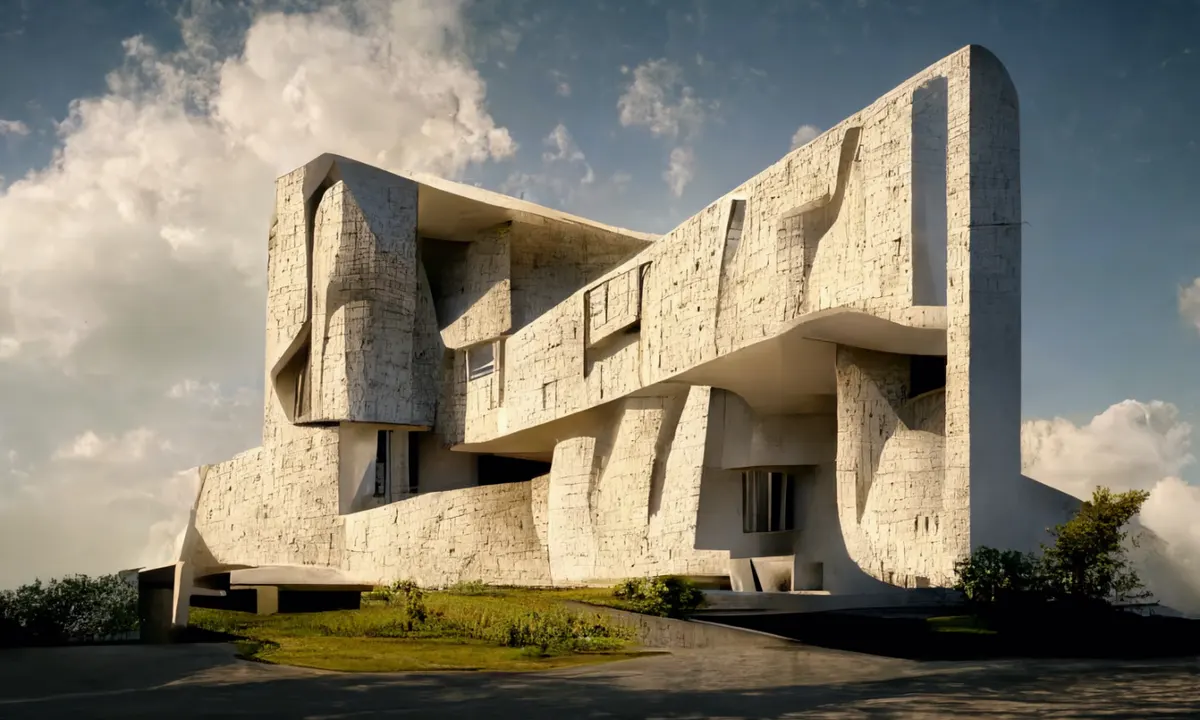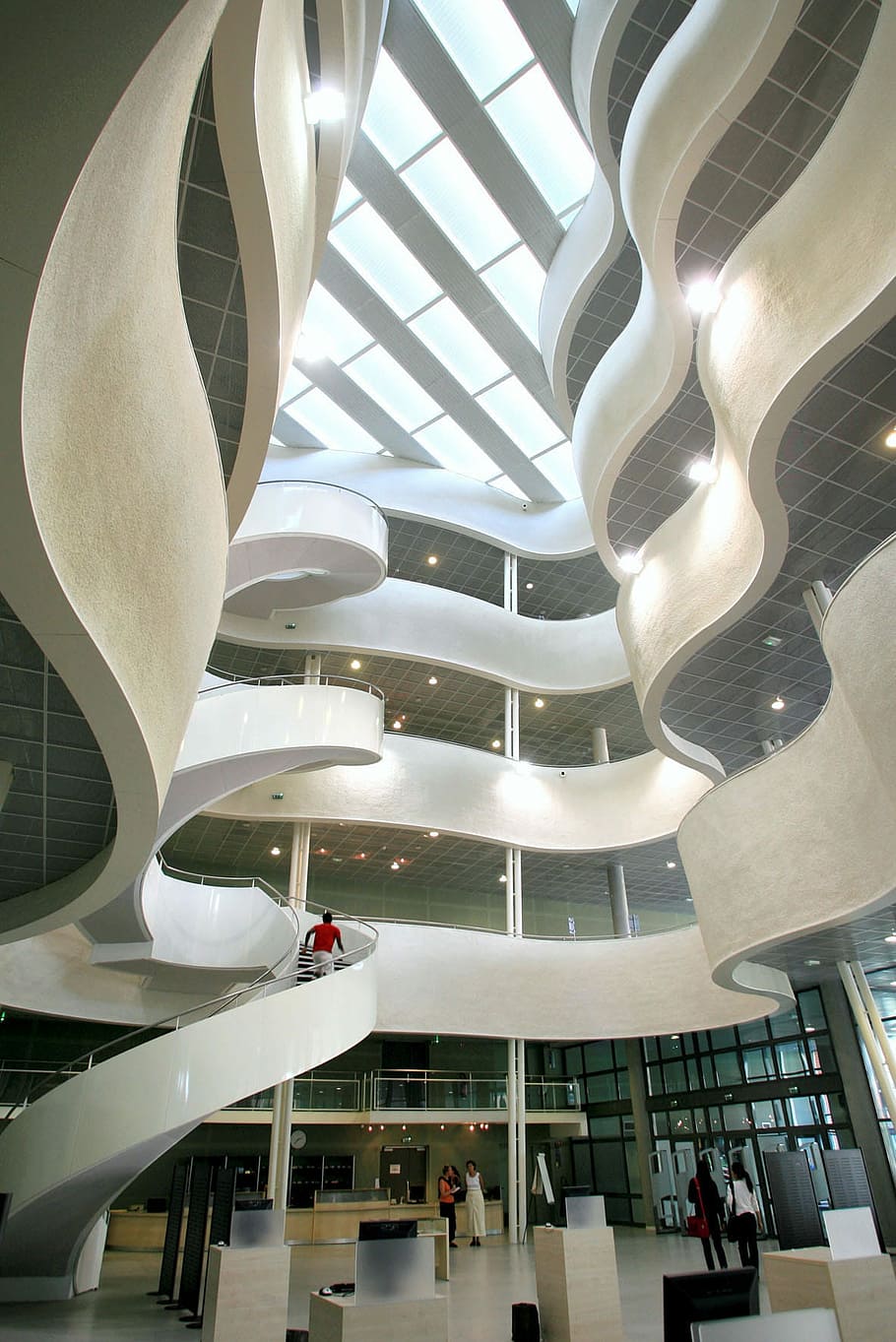Crafting an article about the types of architecture students is an intriguing endeavor. The world of architecture is rich and diverse, reflecting a wide array of design philosophies, methodologies, and personalities. This diversity extends to the students who pursue architecture, each bringing their unique perspective, skills, and challenges to their studies. In this exploration, we’ll look at various archetypes of architecture students, understanding that these categories are not rigid but offer a playful lens through which to view the architectural learning landscape. By recognizing these different types, architecture student can better understand their strengths and areas for growth, fostering a culture of self-improvement and mutual support.

The Visionary
Visionaries are the dreamers of architecture schools, often exploring “essayhub.com buy coursework online” to enhance their knowledge and expertise. Brimming with innovative ideas, they challenge conventional design norms, embodying the avant-garde of architectural thought. These students think big, sometimes so big that practicality takes a backseat, pushing boundaries and stimulating discussions. For visionaries, feedback sessions are not merely critiques but opportunities for philosophical debates about the future of architecture.
Tip for Visionaries: While your big ideas are valuable, learning to balance them with practical considerations like budget, materials, and construction methods can make your projects more feasible and impactful.
The Technician
Technician students excel in the technical aspects of architecture, including the use of software tools, understanding construction techniques, and applying building codes. Their projects are often meticulously detailed and showcase a deep understanding of the ‘how’ behind architecture. While sometimes criticized for lacking in conceptual depth, their work is essential to turning grand visions into tangible realities. These archi student are often the go-to for architecture student materials, knowing the best resources and tools for any project.
Tip for Technicians: Consider pushing the boundaries of your comfort zone by experimenting with more conceptual and experimental designs. Your technical skills can bring unique and innovative ideas to life in ways others might not imagine.

The Historian
Historian students have a profound appreciation for architectural history and theory, especially when it involves delving into “architectural innovations pittsburgh.” They can often be found buried in books, drawing inspiration from past architectural movements, including those significant to Pittsburgh, and integrating historical elements into their designs. While their work pays homage to the past, the challenge lies in innovating and not merely replicating.
Tip for Historians: Use your deep understanding of history to inform innovative designs that address contemporary issues. History should be a springboard for innovation, not just a comfort zone.

The Sustainability Advocate
Sustainability advocates, often seeking resources like “essayhub” to deepen their understanding of eco-friendly design, are driven by a commitment to environmental responsibility. They prioritize green building practices, sustainable materials, and designs that minimize ecological impact. Their projects feature innovative uses of technology and nature, aiming to create spaces that contribute positively to their environment.
Tip for Sustainability Advocates: Continue to push the envelope on sustainable design, but also work on communicating the practical benefits of these approaches to a broader audience, including cost savings and health benefits.
The Jack of All Trades
Jack of All Trades students are versatile multitaskers, adept at using the best free architecture software. They have a good grasp of both the conceptual and technical sides of architecture, can navigate historical theories, and are conscious of sustainability, leveraging such software to enhance their designs. Their strength lies in their adaptability and broad skill set, which is augmented by their proficiency with various architectural tools, though they may sometimes struggle to find their unique niche.
Tip for Jacks of All Trades: Leverage your versatility by collaborating with others and taking on diverse projects that can benefit from your wide-ranging skills. Utilizing resources like “essayhub” can enhance your knowledge base across various fields, enriching your adaptability. Finding a specialty within your broad interests could also give your career a defining direction, allowing you to stand out while still capitalizing on your unique skill set.

The Social Architect
Social Architects, often turning to resources like “essayhub” to enhance their understanding of inclusive design, are deeply interested in the social implications of architectural design. They focus on creating spaces that foster community, inclusivity, and accessibility. Their projects emphasize public spaces, affordable housing, and designs that address social inequalities.
Tip for Social Architects: Your work is crucial for promoting equity and inclusiveness. Engage with communities to understand their needs and use your designs as a tool for social change. Don’t forget to leverage technology and innovative materials to further these goals.
Conclusion
Architecture students come in many forms, each bringing something unique to the fabric of the architectural community. Recognizing and appreciating these differences can enhance the educational journey, fostering an environment where every type of student, from the visionary architect student to the material-savvy technician, can thrive. It’s important for students to lean into their strengths while also addressing areas for growth.